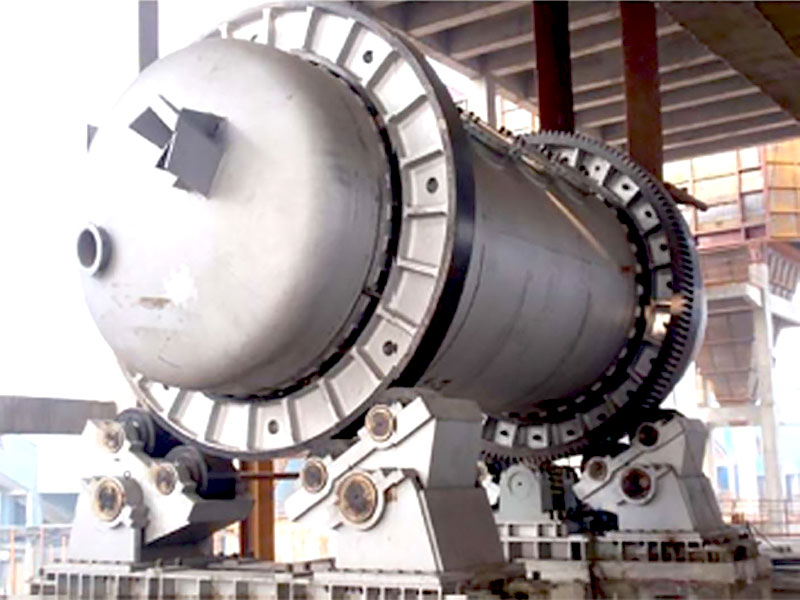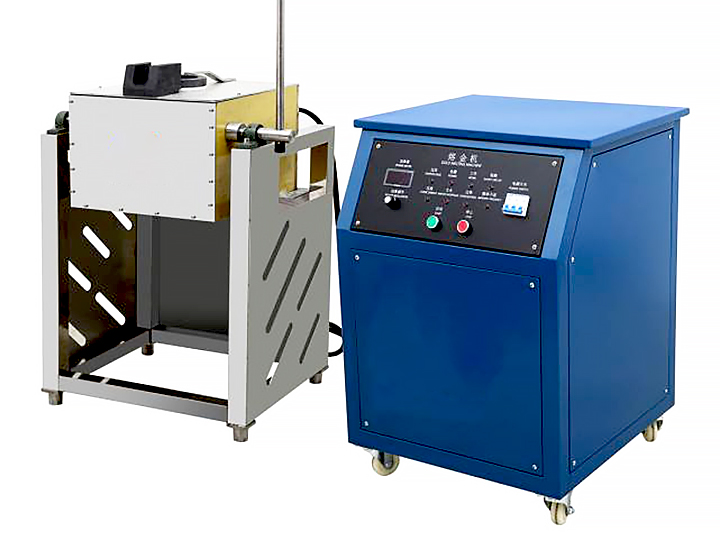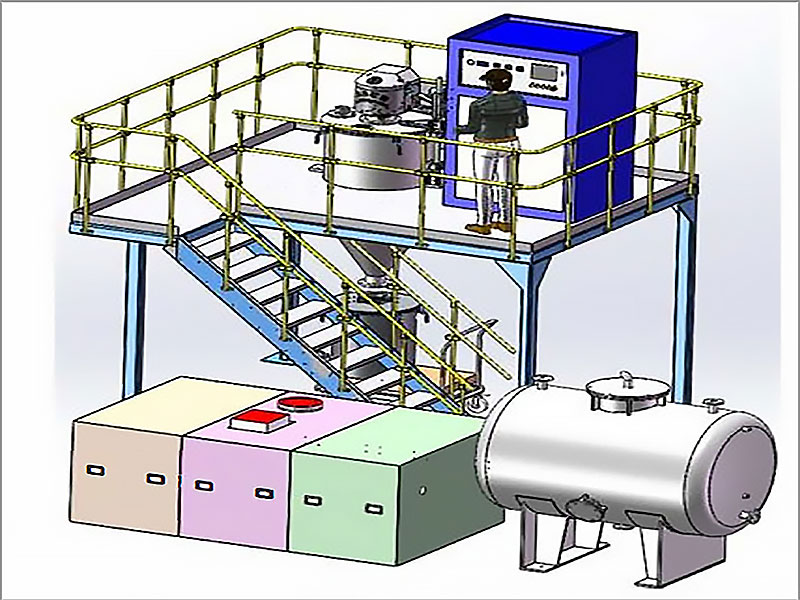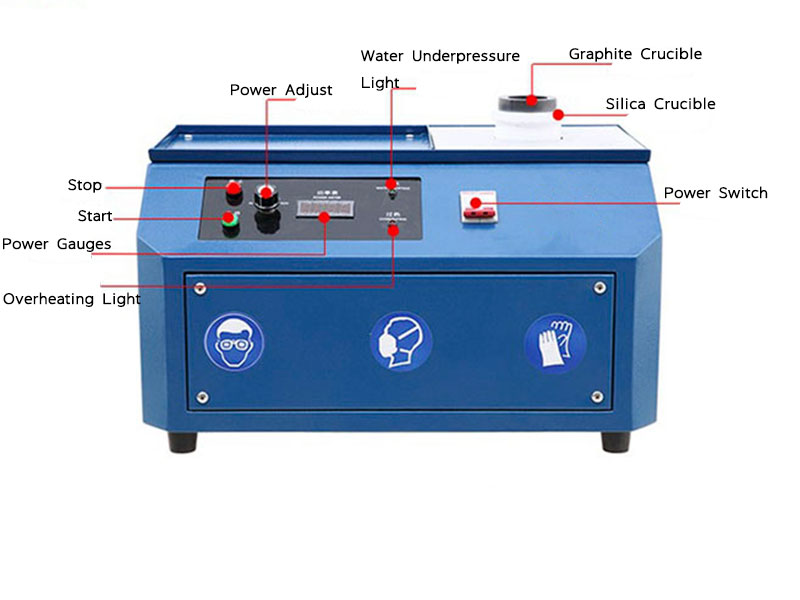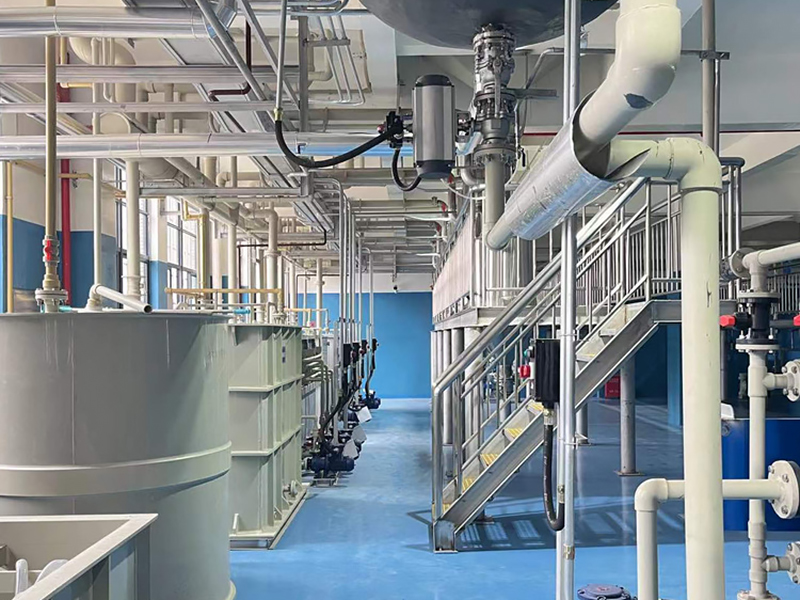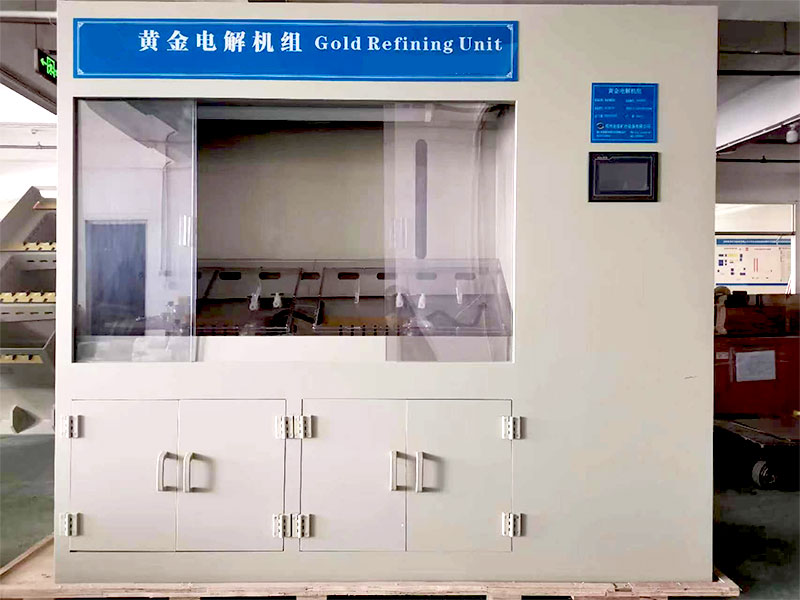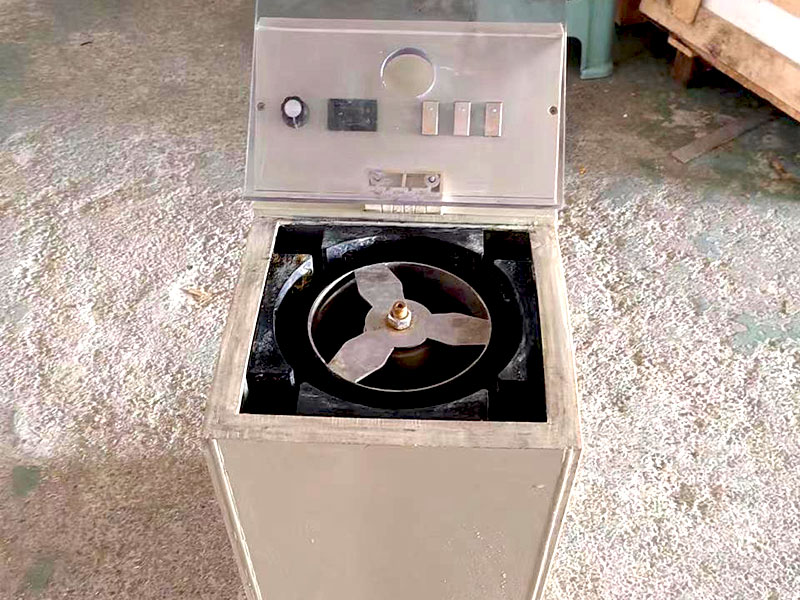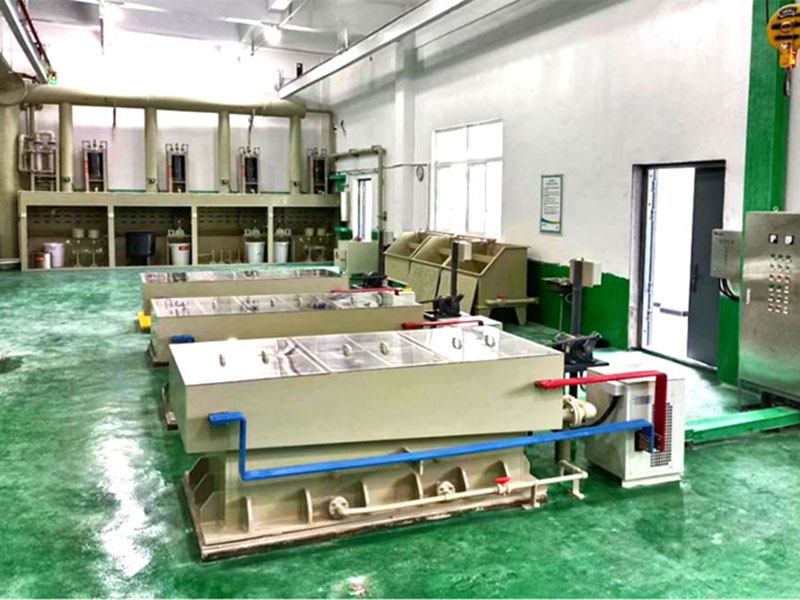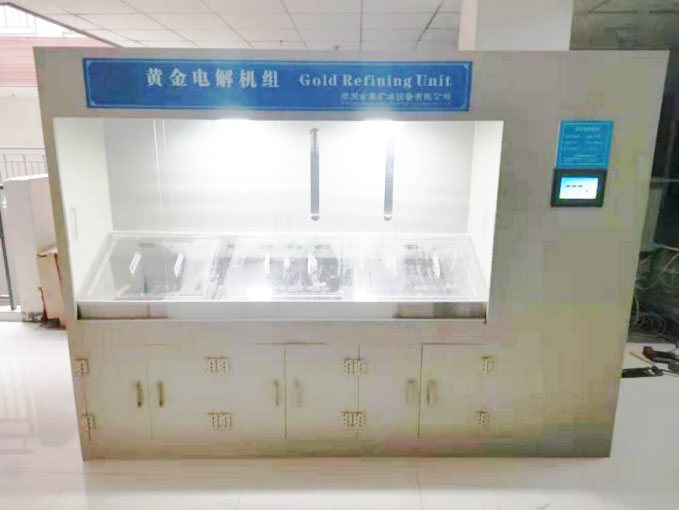electrolysis refining silver
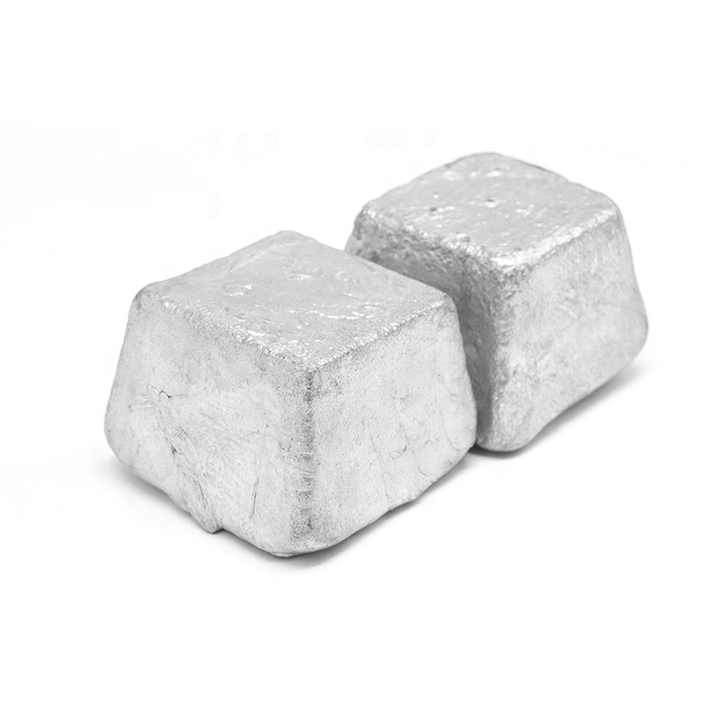
Electrolysis Refining Silver: A Key Method for Purity
The electrolysis refining of silver is a well-established process used to obtain high-purity silver from impure sources. This method is based on electrochemical principles, where silver is dissolved and then deposited on a cathode in its pure form. This process is widely used in the precious metals industry due to its efficiency, precision, and ability to produce high-quality silver. This article will explain how electrolysis works, its advantages, and why it’s a preferred method for refining silver.
Understanding the Electrolysis Process
In electrolysis refining, silver is purified through an electrical process that leverages the difference in reactivity between the metal impurities and silver. The basic setup for refining silver using electrolysis involves an electrolytic cell, where a solution of silver nitrate (AgNO₃) serves as the electrolyte.
- Anode (Impure Silver): The impure silver acts as the anode, which is connected to the positive terminal of a power source. This silver contains unwanted metals, such as copper, lead, and gold.
- Cathode (Pure Silver): A thin sheet of pure silver is placed at the cathode, connected to the negative terminal of the power source.
When an electric current passes through the electrolyte, silver from the anode dissolves into the solution and gets deposited onto the cathode in its pure form, while impurities either stay in solution or fall to the bottom as sludge.
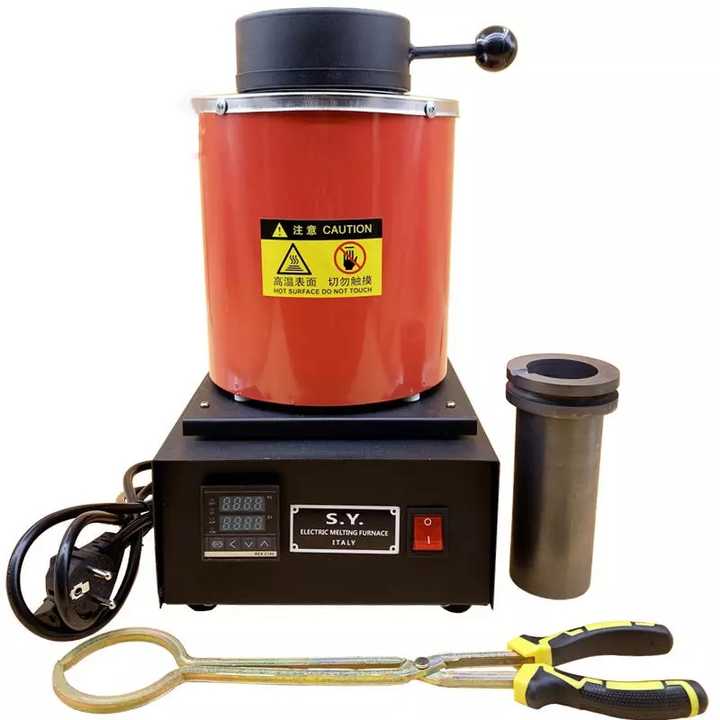
Step-by-Step Electrolysis Refining of Silver
1. Setting Up the Electrolytic Cell
To refine silver through electrolysis, the system needs a proper setup:
- An electrolytic bath containing silver nitrate solution.
- The impure silver anode and the pure silver cathode.
- A direct current (DC) power supply to provide the required voltage.
2. Initiating the Process
Once the cell is set up, a direct current is applied. Silver atoms from the impure anode lose electrons and dissolve into the silver nitrate solution as silver ions (Ag⁺). These ions travel through the solution to the cathode.
3. Deposition of Pure Silver
At the cathode, silver ions gain electrons and are deposited as pure silver onto the cathode surface. This process continues as long as electricity is supplied, and the impure silver anode diminishes as it is consumed.
4. Collection of Impurities
The impurities in the impure silver anode do not dissolve as silver does. Metals like copper, lead, and gold remain in the form of sludge, known as anode mud, which settles at the bottom of the cell. This sludge can later be processed to recover any valuable metals, such as gold or platinum.
Advantages of Electrolysis in Silver Refining
The electrolysis refining process offers several advantages over other refining methods, making it one of the most popular choices for purifying silver.
1. High Purity Silver
The primary benefit of electrolysis is that it yields extremely pure silver, often achieving a purity level of 99.9% or higher. This level of precision is especially important for industries requiring ultra-pure silver for jewelry, electronics, and other applications.
2. Efficient and Economical
Electrolysis is a highly efficient method of refining silver. While there are initial setup costs, the process itself is relatively quick and uses electricity economically, making it suitable for both large-scale industrial refineries and smaller operations.
3. Recovery of Precious Metals
The anode mud produced during the electrolysis process contains trace amounts of precious metals like gold, platinum, and palladium, which can be further refined. This enhances the economic value of the refining process by enabling the recovery of these additional metals.
Applications of Electrolysis Refining
The electrolysis refining of silver is used in a variety of industries where pure silver is essential. Some key applications include:
- Jewelry Manufacturing: High-purity silver is crucial for crafting fine jewelry. Electrolysis ensures the silver is free of impurities that can affect the quality and luster of the finished product.
- Electronics: Silver is widely used in electronics for its excellent conductivity. Electrolytic refining ensures the silver is of sufficient purity to meet the strict requirements of electronic components.
- Coinage and Bullion: Governments and private mints often use electrolytically refined silver for producing coins, bars, and bullion. The process ensures that the silver meets the high standards of purity required for investment-grade products.
Limitations of Electrolysis in Silver Refining
While electrolysis is an efficient and effective method for refining silver, it does have some limitations. These include:
- High Initial Costs: Setting up an electrolytic cell for silver refining can be expensive, particularly for smaller-scale operations. The costs of equipment and electricity must be considered.
- Complexity of Anode Mud Processing: While the anode mud contains valuable metals, processing it to recover gold and other precious elements requires additional steps, which can increase the overall time and cost of the refining process.
Electrolysis refining of silver is a highly effective process for obtaining high-purity silver from impure sources. The ability to achieve a purity of 99.9% or higher makes it an indispensable technique in industries that rely on high-quality silver. With its efficiency, ability to recover precious metals, and potential for large-scale use, electrolysis continues to be a leading method for refining silver. Although it comes with some initial costs and complexities, the benefits far outweigh these challenges, ensuring the continued relevance of this process in modern metal refining.

